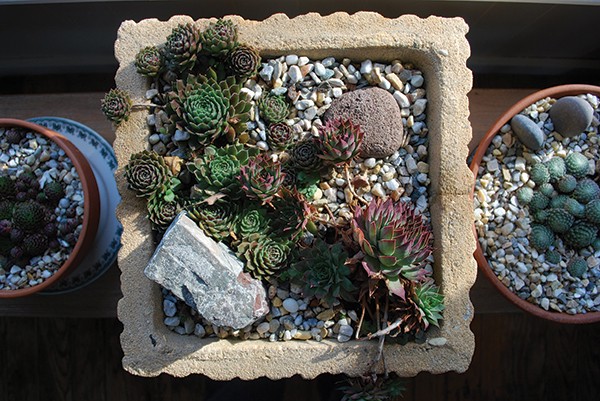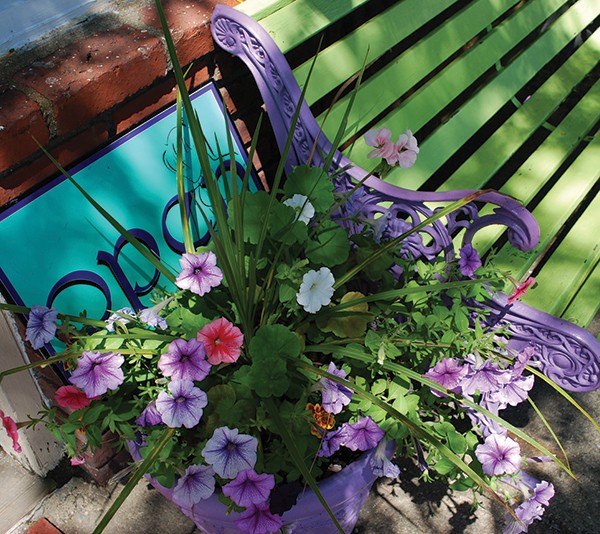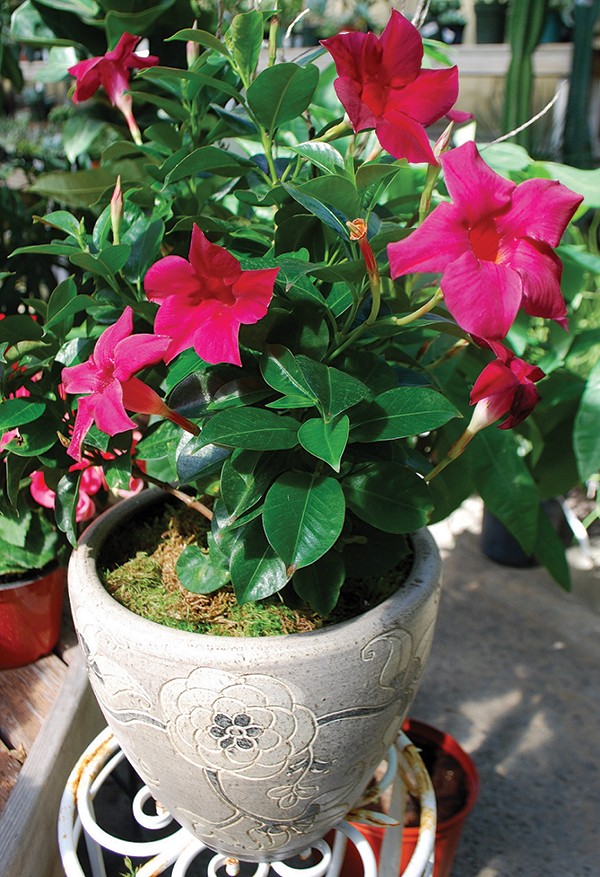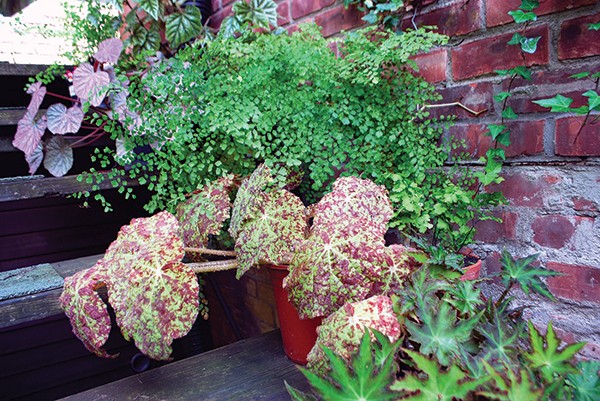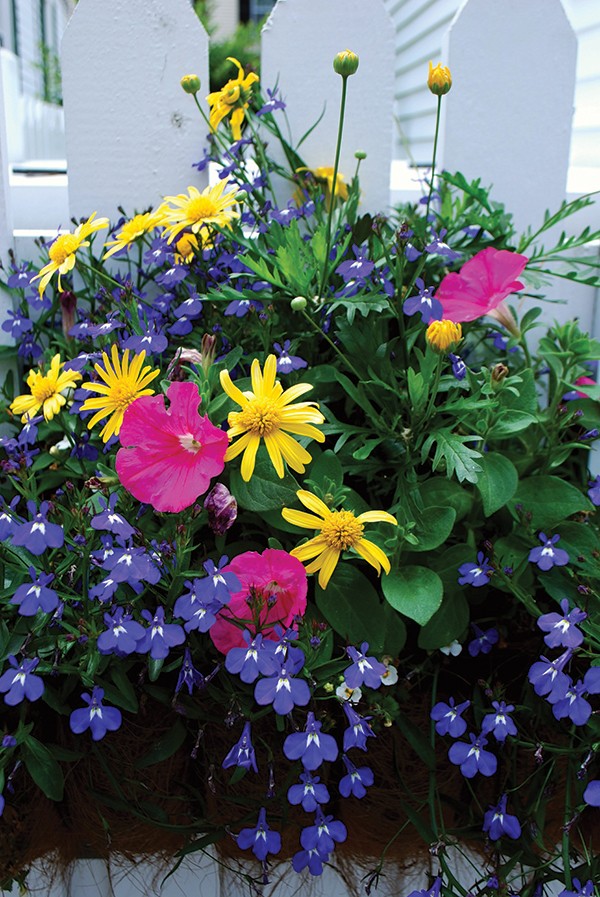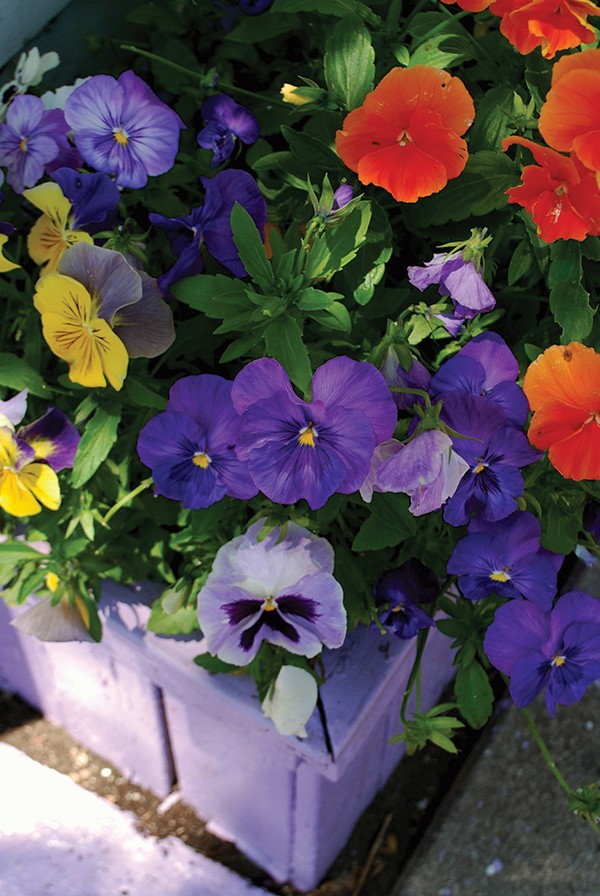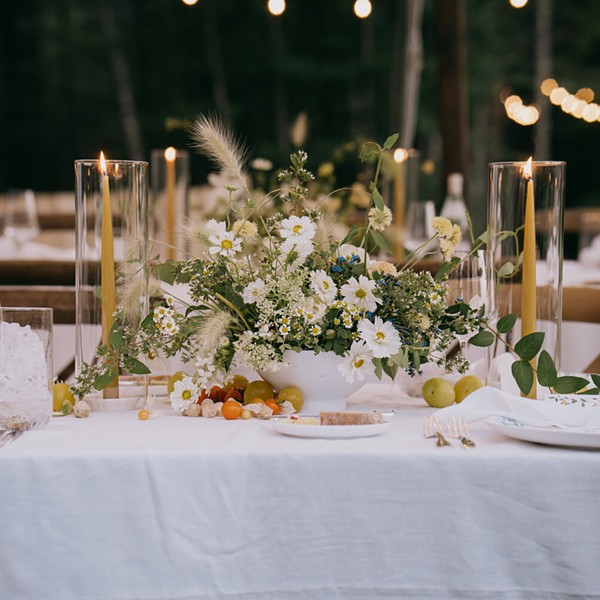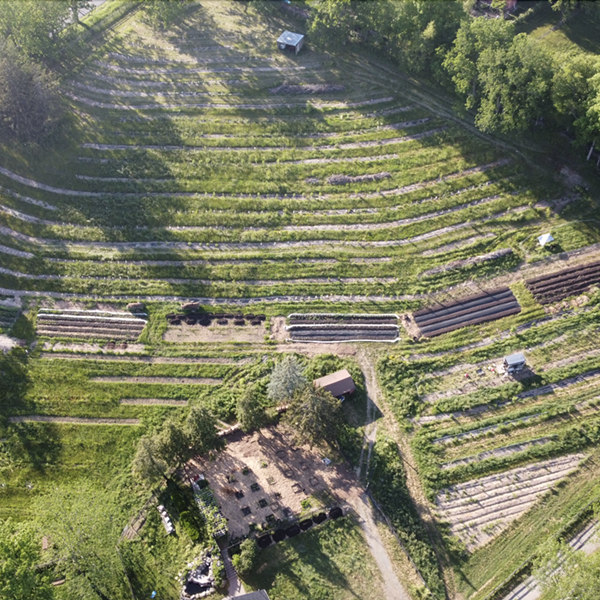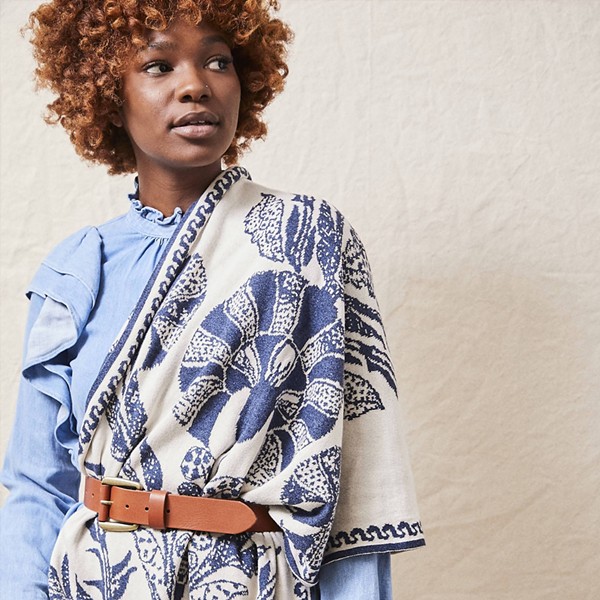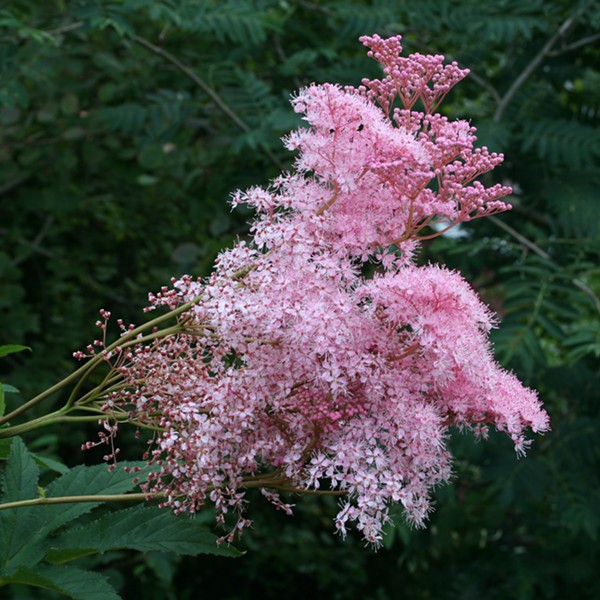Some years ago I had an open house for friends and clients with container garden displays meant to wow my guests. From basil plants shaped like miniature bread loaves to tropical trees with velvety leaves and purple flowers, the groupings were charming and would seem quite the endorsement for container gardening.
The next day, a weather system with intense winds came through and sent most of my pots rolling down the driveway. Several of the potted trees, top-heavy with their foliage "sails," fell over, leaving a few hundred dollars in fancy terra cotta in shards on the pavement. As I chased runaway pots, I wondered if my honeymoon with container gardening might be over. At the very least, I had some reevaluating to do.
I still love container gardening. I love the way that planting in pots literally puts plants on pedestals, shining a spotlight on their beauty. I enjoy the creative exercise of putting colors and textures together in pleasing and surprising ways. I delight in the beauty of the varied pots themselves—ceramic ones, for instance, can be such works of art, you can simply fill them with pebbles and let them be focal points.
That said, I raise my eyebrows whenever I read, "Container gardens are easy!" I think that containers are gratifying and well worth putting time into, but one needs time to learn and space to make mistakes, like I did with that windstorm fiasco. (I should've moved my pots into more protected areas, and the trees should've been in bigger, weightier pots.) Here are some of the most interesting, useful, or surprising things I have learned about containers, including why you should disregard a really common piece of advice about drainage.
Pebbles and shards at the bottom of pots do not help drainage.
I remember having my mind blown when my graduate advisor explained this to us, backed up by the classic 1959 educational short (which you can see on YouTube) "Water Movement in the Soil," by Gardner and Hsieh. It is not a flashy movie, but it is really enlightening.
Yes, water moves more quickly through coarser material (like pot shards) than through finer material (like soil or potting mix). So one could think, "I'll put shards in the bottom of the pot, because water will move more freely through." But when you put a more coarse layer of material underneath a more fine layer of material, you actually inhibit drainage. The more fine material has to become supersaturated before water can overcome the greater surface tension of finer particles enough to penetrate the more coarse layer.
So the space taken up by shards or pebbles is wasted, and the plant would be better off if that space was filled with more potting mix, which the plant's roots can actually use. If interested, please search on the keywords "water/ movement/soils" to see some further research and demos.
Pots must have drainage holes.
Free drainage is essential for healthy roots. It is almost impossible to apply the right amount of water otherwise. I tried once with a ceramic pot that was stunning but had no drainage holes; I planted only annuals that are "thirsty"—those that are indigenous to wet places—figuring they could handle the occasional excess standing water in the pot. Alas, they could not. Even though I was careful to underwater that pot, a good rainstorm meant excess water—and roots that suffocated from lack of oxygen.
Potting mix: Simpler is best.
I buy the closest thing to just peat moss I can find. When companies add fertilizer to the mix, even if it is slow-release fertilizer, most of it goes to waste. Any fertilizer that is not in the immediate vicinity of the roots (such as that which is below the newly potted plant) is just going to leach out the bottom. I prefer to add a tiny bit of granular fertilizer on the soil surface at key points during the growing season.
As to hydrogels, those superabsorbent polymers touted to keep pots moist, study findings are divergent. Some research suggests that hydrogels hold on to water a little too well: When the planting medium is dry, moisture is trapped in the hydrogel particles and not readily available to plant roots for uptake (keyword search: hydrogel/study/containers).
By the way, peat moss is hydrophobic until wetted thoroughly, which is why you may find that water runs through it suspiciously quickly at first. Before planting, I water the mix then use my hands to mechanically distribute moisture throughout. To grow, the roots of the plants you are putting in require ready contact with moisture.
It's a jungle in there.
Plants in mixed containers will try to dominate one another. If I put together, say, six different kinds of plants in a large container, only three or four kinds of plants will remain as a significant presence by summer's end. This happens despite close supervision / selective trimming on my part. Each plant has slightly different requirements and some always emerge more vigorous than others, leaving their competition sad and deflated, if not choked to death.
This is why, rather than mixed-species containers, I like to create container display gardens by grouping together single-species pots. That way, plants don't have to compete, and individuals get to shine. Another cool thing about this is that you can change the container garden tableau by moving pots in and out of the display.
Grooming is critical.
Why do hanging baskets and other containers look so amazing when you buy them at the greenhouse but by midsummer they are substantially less than floriferous? In large part this is because when they were in production, they were being pinched and deadheaded regularly, sometimes daily. The more deadheading and selective pinching you are willing to do, the more you can keep the plant full and blooming lushly.
Perennials make good container plants too.
If they are sufficiently hardy, perennials can be mixed in with annuals for repeat enjoyment without the annual cost. Microclimates vary, but generally in the Hudson Valley you want perennials that are hardy to zone 4 or colder, like Siberian irises, coral bells, astilbes, bleeding hearts, and sedums.
Resources
Phantom Gardener
Zimmer Gardens







